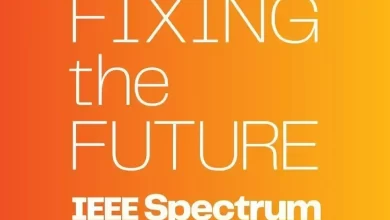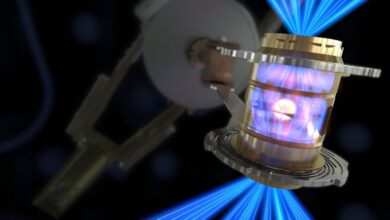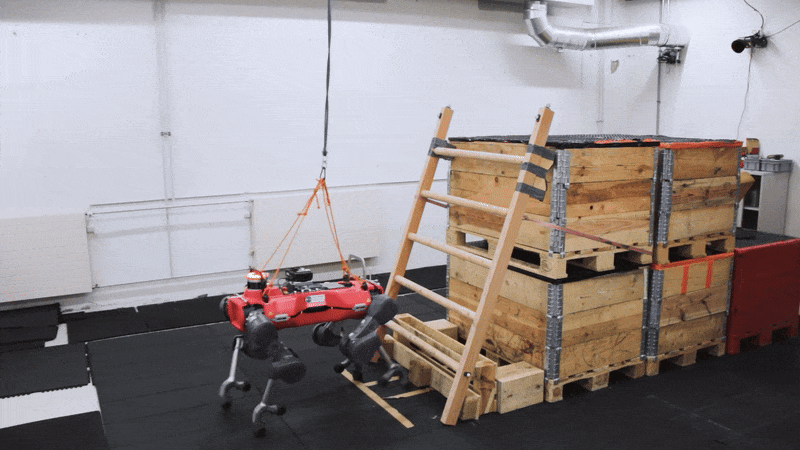EV Interference Doesn’t Have to Kill AM Radio

AM radio could very easily fit into the hallowed category of “perfected technology.” It’s been around for over a century, the physics and engineering are very well understood, and there have been no major technological advancements in its design for at least a couple decades.
Which is perhaps why it’s so understandable that so many car manufacturers are now opting to remove it from their EVs, citing poor quality performance courtesy of the electric system. After all, maybe it’s time to gracefully sunset a legacy technology that no longer serves much purpose. However, AM radio remains widely used in many parts of the world—including the United States—and still plays a significant role in both day-to-day life and emergency communications for hundreds of millions of people.
“There is not a lot of measurement data regarding interference on the AM radio band from electric vehicles specifically.”
—Zamir Ahmed, National Association of Broadcasters
Despite the current clamor, AM radio phaseouts in EVs have been underway for a while now. BMW decided not to include the tech in the 2014 i3. But in recent years, the trend has accelerated. In March, Senator Markey of Massachusetts surveyed 20 car manufacturers and found that 8 of them–BMW, Ford, Mazda, Polestar, Rivian, Tesla, Volkswagen, and Volvo—had removed AM radios from their EVs. Ford had also intended to remove the radios from its gas cars in 2024, but recently reversed course on that decision.
The problem stems not from the car’s battery itself, but from the current driving the motor. “The current system is the vehicle, a lot of them are pulse-width modulated,” says Ashruf El-Dinary, a senior vice president of digital platforms at Xperi. “So it has some high current going through, which creates inductance, which can transfer back into the antenna system.” This leads to unwanted noise in the entire AM band, especially in the lower portion (between 500 to 700 kilohertz), that comes across as a hum or a whine.
Part of the problem is that there’s also just not enough data to fully understand the problem. Zamir Ahmed, the vice president of communications for the National Association of Broadcasters (NAB), wrote in an email to IEEE Spectrum that “There is not a lot of measurement data regarding interference on the AM radio band from electric vehicles specifically. In general, some electronic devices create interference on discrete frequencies or clusters of frequencies, while interference from other devices may affect the entire band.” NAB launched the Depend on AM Radio campaign in April to bring more awareness to the issue.
Why are carmakers phasing out AM radio?
As it turns out, EV batteries and motors aren’t the only cause for concern for AM radios—they’re simply the most noticeable in a longer list of culprits. “There are some other noise effects as well,” says El-Dinary. “Even power windows or power mirrors in a standard car, if not designed correctly, or shielded correctly, that can affect analog reception.”
Properly shielding an entire EV system is certainly a more complicated and expensive task than properly shielding a power window system. And the consequences are more noticeable if not done right. Therefore, most manufacturers have opted to remove AM radios entirely rather than go to the trouble of redesigning their vehicles further.
In the U.S. alone, 47 million people still listen to AM radio. In rural areas, it’s often one of a few options—if not the only one.
Volkswagen, for instance, has stated that incorporating the changes needed to shield the AM radio from the current will result in extra weight that drags down a vehicle’s range. One of the few manufacturers to tackle the problem, Stellantis—the parent of Chrysler and Jeep—is using shielded cables and physically moving the radio receivers farther from the motor in future cars. (Stellantis did not respond to requests for comment for more details about its mitigation strategies).
Part of the reason that the AM radio die-off in EVs has been able to proceed under the hood until recently may be that it’s such an established technology. “If you’re talking about pure amplitude modulation, that has not changed in 100 years,” says El-Dinary. “The radio designs I think pretty much matured about 15 years ago, once they got into more of the [digital signal processing] arena, and demodulation or decoding was done at a software level.”
Perhaps AM radio’s common conception as an old technology that’s run through its development cycle has lead car manufacturers to write it off as not worth including, given that it doesn’t play nicely with the latest innovations. But that misses the fact that roughly 47 million Americans still listen to AM radio, and in rural areas, it’s often one of a few options—if not the only one.
That’s not to say there aren’t some advancements still happening in the world of AM radio. One of Xperi’s products is HD Radio, which allows an AM station to simultaneously broadcast an analog radio transmission alongside a digital one carrying all of the data for a modern infotainment system: things like song titles, album covers, station logos, and more.
El-Dinary, who has worked on HD Radio for 25 years, says he’s heard of some AM stations opting to turn off their analog transmissions entirely in favor of going fully digital. And that might be one way forward: “A lot of our testing has shown that digital broadcasting can survive that kind of noise environment,” he says. Even so, he stresses that HD Radio is not intended to be a complete replacement for AM radio, but more of a backward-compatible evolution.
Spectrum allocation abhors a vacuum, and so the frequency bands will surely still find interested users for broadcasting—after all, it’s long been proven ideal for long-range transmissions. Whether that’s by transitioning to something new like HD Radio or something else, or by being protected through legislation like the AM for Every Vehicle Act introduced by U.S. lawmakers, remains to be seen.
If nothing else, car manufacturers may still want to consider finding a way to include AM radios even in their EVs specifically because of its long-established tenure. During a hurricane, or a wildfire, or any other kind of emergency, simple, reliable technologies are still the best way to keep people informed.
“Cell towers have a lot of vulnerabilities during a crisis like that, and even FM radio. TV holds a lot of promise but its not necessarily as portable,” says El-Dinary. “If people are trying to evacuate an area, or be mobile and find gas or food or whatever, they’re going to be in their car. And that’s where you want them to have the information.”
IEEE Spectrum



